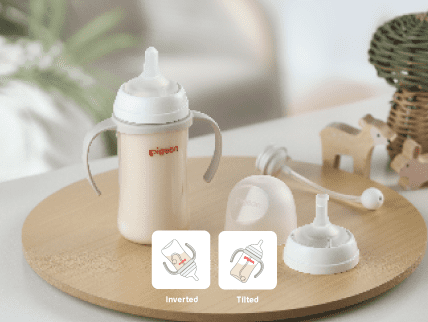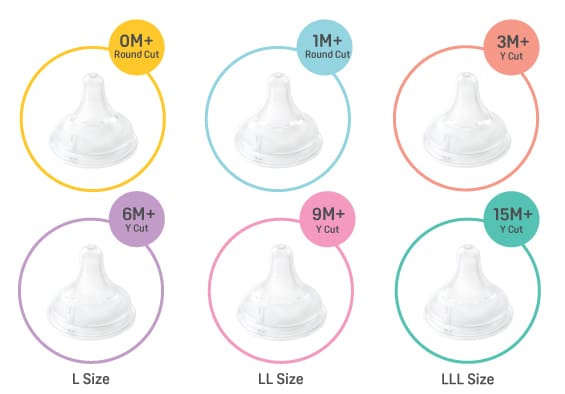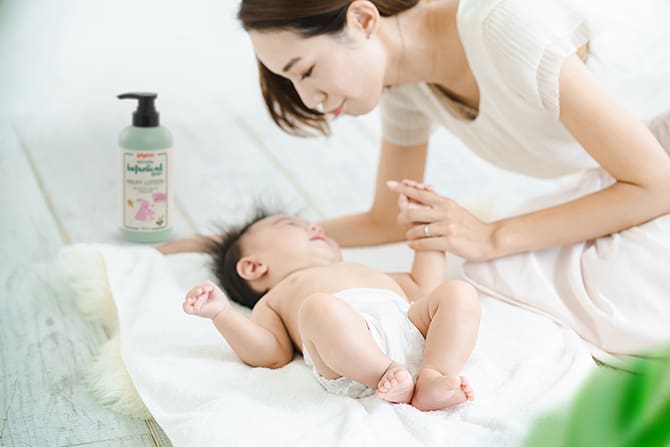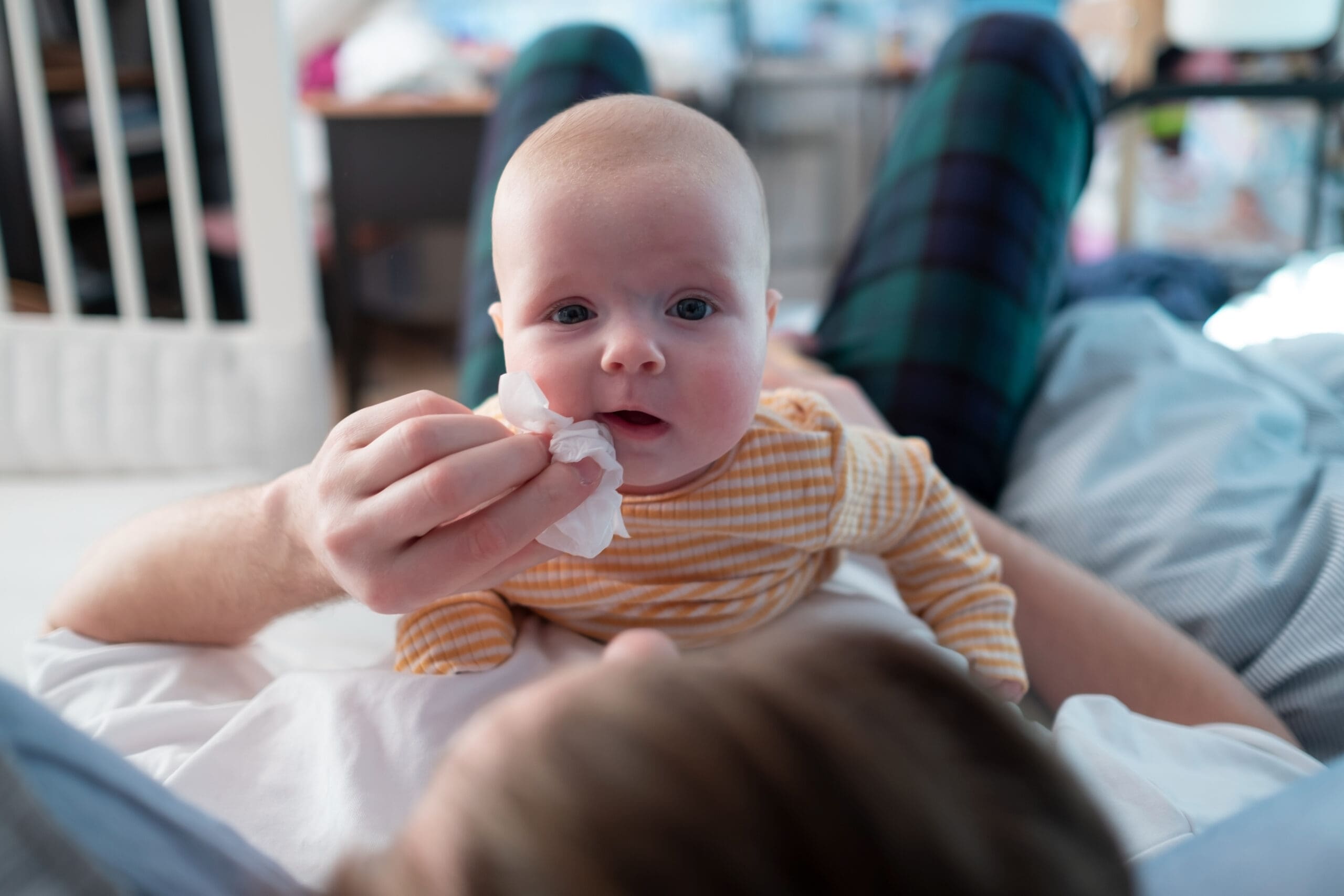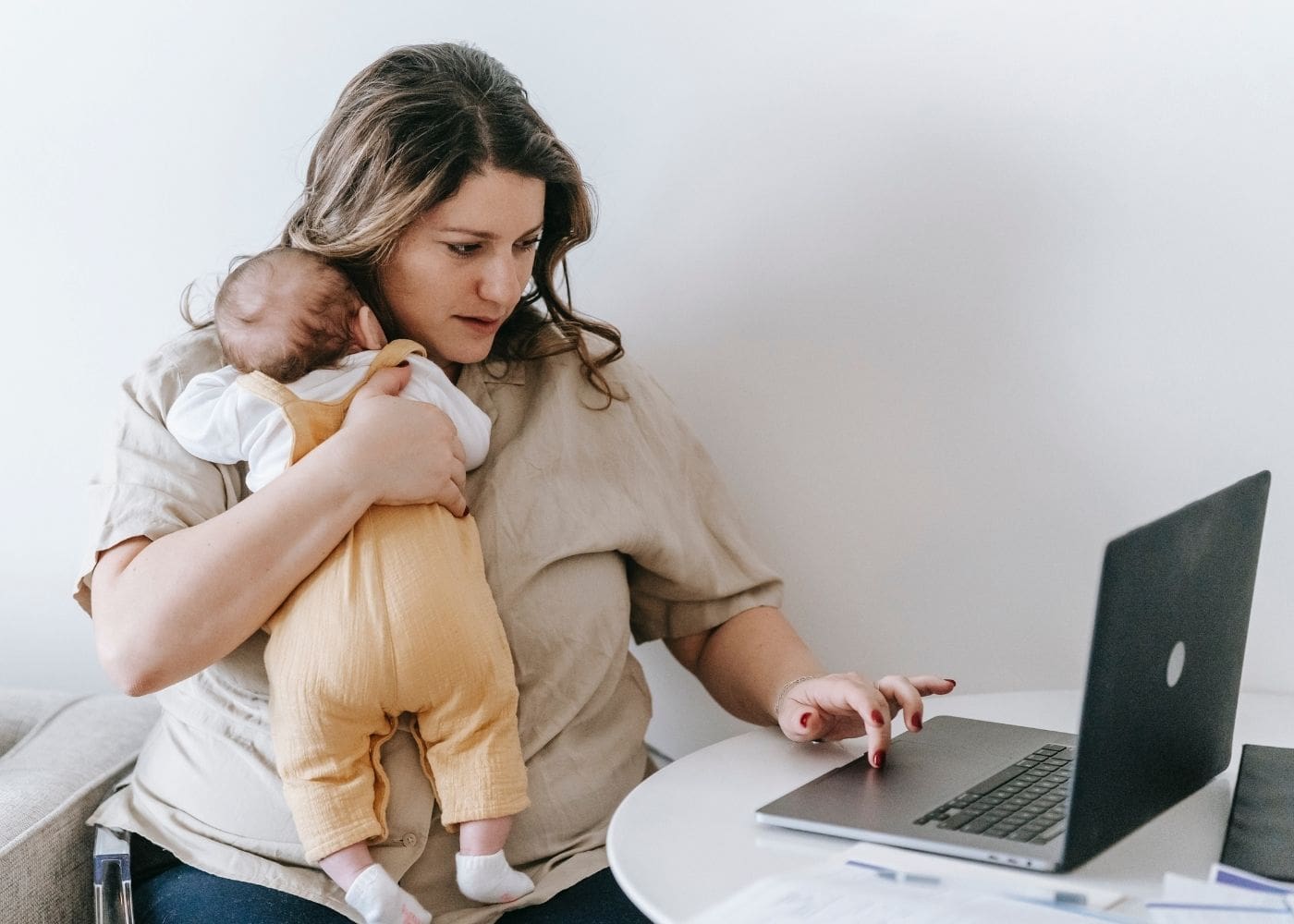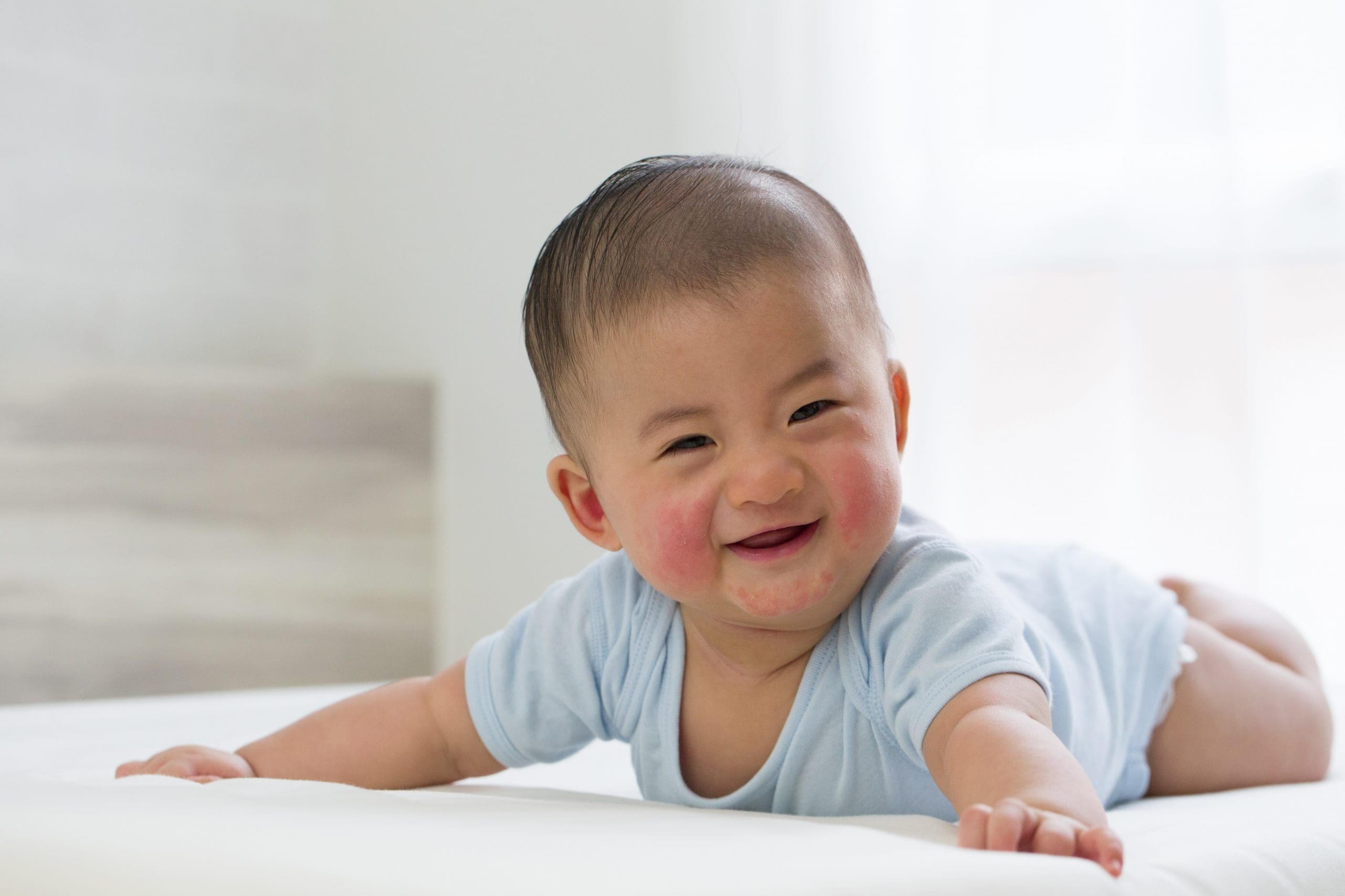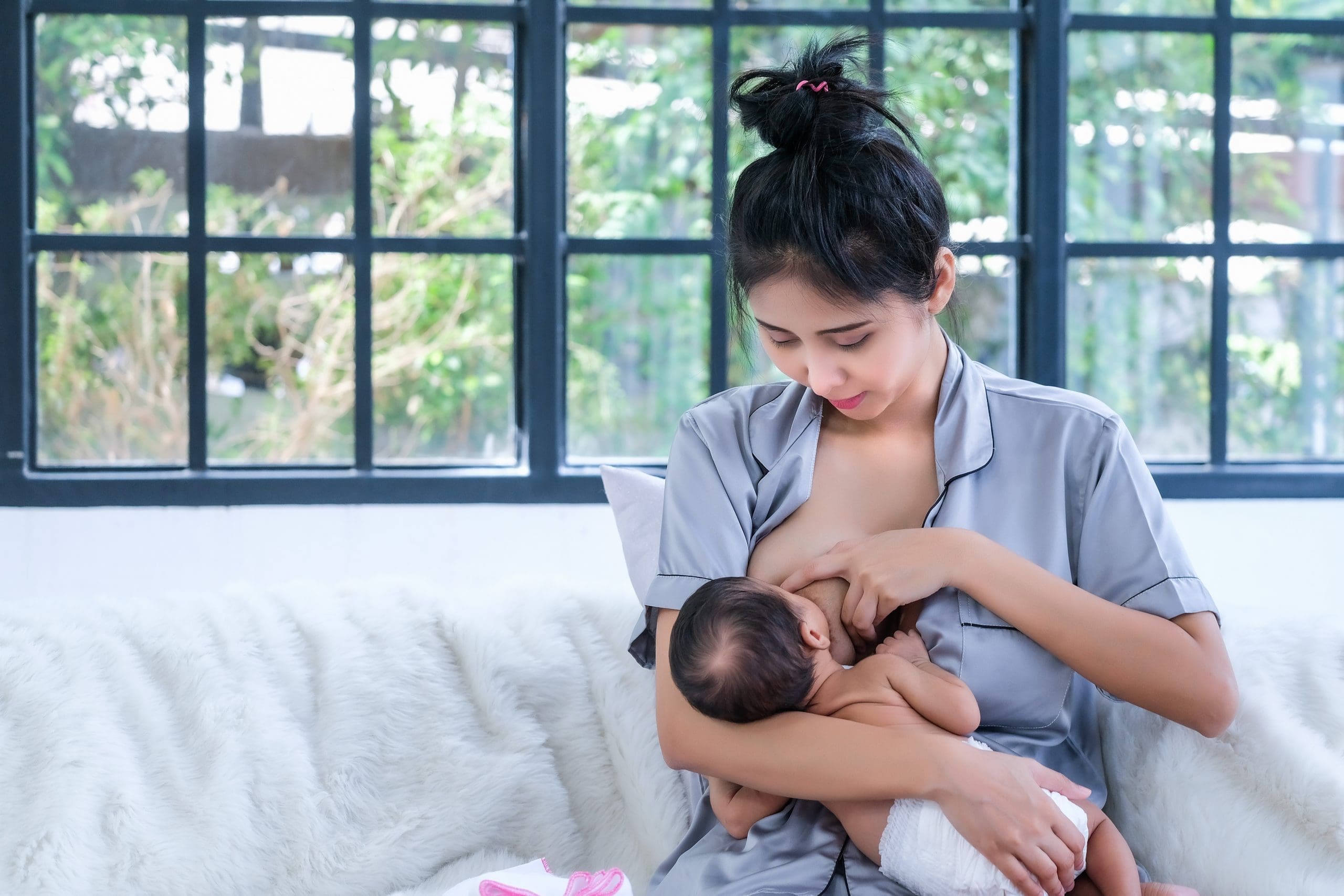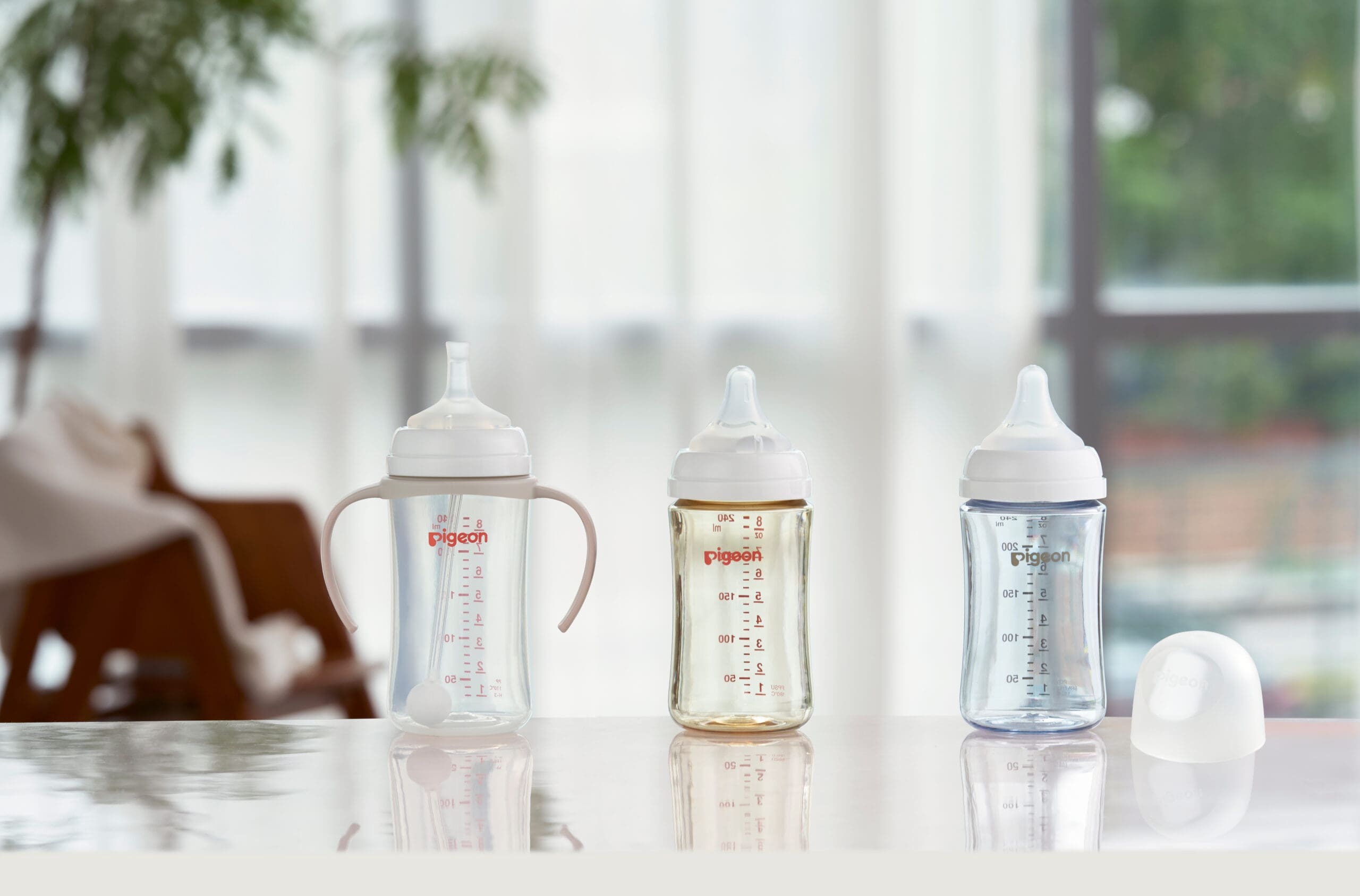7 baby first aid tips for every new parent
The moment you hold your baby, you will make a promise to do all you can to protect your precious and fragile little angel. You will soon realise that your baby cries – a lot – and you wonder what your newborn is trying to express!
Decoding baby cries
Before diving into first aid tips for babies, it is worth noting that babies generally have 5 main types of cries, each with a different reason.
If a cry goes ‘nehhhh’, it means that your baby is hungry. A short ‘eh’ cry means that your baby needs to be burped, and a long ‘eairhhhhh’ cry is a sign of a gassy baby, who may have an upset stomach. If it’s an intermittent cry that goes ‘heh’, your baby is trying to tell you that it is uncomfortable – it could be feeling warm or cold, or struggling with a wet diaper. If your baby is sleepy or tired, the cry will sound like a yawn, like ‘owhhh’. Once you are familiar with your baby’s different cries, it will be easier to decode what your baby is trying to convey.
However, there are times when baby cries become more serious, which could mean that your baby is hurt or is in danger, especially if it is left unattended. This is where the following first aid tips may come in handy, to keep your cuddly one safe and sound whether in the tub, in the car, at home or outdoors.
- Head injury
It is quite common for active babies to bump their heads a lot! Apply a cold compress to reduce swelling if your baby experiences a significant bump to the head. Keep a lookout for signs of vomiting, drowsiness, bleeding, abnormal breathing or anything out of the ordinary. If your baby shows any of those signs, or loses consciousness, seek medical attention immediately as it could be a concussion. The majority of bumps, however, are nothing to worry about.
For a greater peace of mind, “baby-proof” your home with soft bumpers or safety padding!
- Nosebleed
Most nosebleeds look worse than they are, so fret not. If your baby’s nose bleeds, tilt its head slightly forward and pinch the area below its nasal bone for 10 to 15 minutes. Avoid stuffing your baby’s nose with tissue, and do not lean your baby back as blood may flow backwards into the throat and stomach, which may cause vomiting. After the bleeding stops, apply some antibiotic ointment or Vaseline on the inside of its nostril with your little finger or a cotton bud to keep it moist. Unless the nosebleed doesn’t stop after 15 minutes, there is nothing you should worry about.
- Choking
When it comes to choking, the first thing that usually comes to mind is the Heimlich manoeuvre, which is a series of abdominal thrusts. But this is not recommended for children under the age of one! If your baby is coughing with increased breathing difficulties, hold your baby face down with its head in your hand and its chest on your forearm (use your thigh for support). With the heel of your other hand, give 5 firm blows between its shoulder blades. Turn your baby over while supporting the back of the head with your hand and place 2 fingers above the breastbone below the nipple line. Give 5 chest thrusts. Continue doing this until the curdled milk, mucus or vomit is expelled.
For your baby’s safety, introduce your little one to solid foods only when it has the right motor skills for swallowing, supervise mealtimes and stick to child-safe toys!
- Burns
To treat a burn, place the affected area under cold running water for about 10 minutes. This helps to cool the skin and prevent inflammation. Next, apply antibiotic cream. A blister may form, and when it does, do not attempt to pop it as it acts as natural barrier for preventing infection. Once the blister pops on its own, apply antibiotic cream and cover with a non-adhesive dry dressing.
Your best bet is to avoid old wives’ remedies such as applying powder, toothpaste or butter to the wound as these could cause irritation and lead to further infection. Since curious babies tend to touch things they are not supposed to, knowledge on treating burns will go a long way!
- Febrile seizure
When babies fall ill, they usually have a fever. However, if the fever gets too high, it may lead to a seizure. Remain calm and remove items around your baby such as toys or blankets as these could hurt your baby during a seizure. Turn on the fan or air conditioning to gradually cool your baby’s body temperature. When the seizure is over, help your baby lie down on the side with the head tilted back. Let your baby get more rest after that. Rest assured that seizures are fairly common among children and last just a few minutes, so do not panic if your child has one.
- Accidental poisoning
Babies and young toddlers will try to open containers and put random things in their mouths. If your baby has consumed something poisonous, seek medical attention immediately, especially if your baby becomes unconscious. Keep calm and do not attempt to induce vomiting in any way, as the substance coming back up may damage its throat and oesophagus. Bring the poison in its container to show the doctor for more efficient treatment. To avoid such scenarios, double check dosage instructions before administering medication and always supervise playtime!
- Abrasions and cuts
Before treating an abrasion or cut, wash your hands with soap. Next, clean the wound with running tap water. Apply antiseptic ointment on the wound and cover it with a plaster or bandage. If there is bleeding, apply pressure for 15 minutes and elevate the injured limb above the heart to stop the bleeding. If it is a large or deep wound, see a doctor just in case the wound requires stitches.
Always keep knives and other sharp objects out of reach or in locked drawers. Telling a child that something is dangerous is not enough to protect them from it.
Despite your best efforts, your baby or toddler will be quick to get their hands on small objects. It is thus crucial to be prepared, which is why reading this article is a great way to start learning about essential first aid tips. With a good presence of mind and first aid knowledge, you can handle any situation with ease.
Spread the word and share these first aid tips – let’s support one another!
7 baby first aid tips for every new parent

